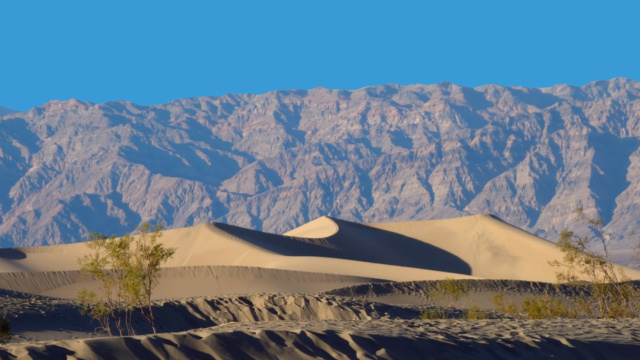America 12-27 Αpril 2025

Death Valley National Park
In the heart of the Mojave Desert lies Death Valley National Park, a vast and strikingly beautiful expanse of arid land that captivates with its extremes. Known as the hottest, driest, and lowest national park in the United States, it offers an unparalleled glimpse into the resilience of life and the power of natural forces. Its stark yet mesmerizing landscapes—salt flats, sand dunes, rugged mountains, and colorful canyons—are a haven for adventurers, geologists, and nature enthusiasts.
The park's history is as compelling as its landscapes. For over a thousand years, the Timbisha Shoshone people have called this harsh environment home, living in harmony with the land. Evidence of their presence can be seen in petroglyphs, tools, and oral traditions that highlight their deep connection to this unique ecosystem. During the California Gold Rush in the mid-19th century, pioneers braving this unforgiving terrain gave the valley its ominous name—a testament to the challenges they faced. Yet, the land’s beauty and mystery continue to draw people in.
Despite its seemingly inhospitable nature, Death Valley teems with life. Hardy plants like creosote bushes, desert holly, and mesquite thrive here, while animals such as coyotes, kit foxes, bighorn sheep, and even the elusive desert tortoise have adapted to the harsh conditions. The valley is also a birdwatcher’s paradise, with more than 400 recorded species, particularly during migration seasons.
The park's geological wonders are among its most remarkable features. Badwater Basin, the lowest point in North America at 282 feet below sea level, offers a surreal landscape of salt flats. In contrast, the towering peaks of the Panamint Range, including Telescope Peak, rise dramatically over 11,000 feet above. Iconic sites like Zabriskie Point, the multicolored rocks of Artist's Palette, the mysterious moving stones of Racetrack Playa, and the golden dunes of Mesquite Flat showcase the park's diverse and otherworldly beauty.
Adventurers have no shortage of activities to enjoy. Hiking trails lead through narrow canyons, up steep peaks, and across expansive desert flats, providing breathtaking vistas. Off-road routes allow for backcountry exploration, while the park's exceptional dark skies offer unforgettable stargazing experiences. Visitors can also experience the park’s extremes through camping, photography, and guided ranger programs.
The scientific importance of Death Valley is immense. Its unique ecosystems provide insights into desert adaptation and the impacts of climate change, while its geological features reveal millions of years of Earth's history. From fossils embedded in ancient rock layers to salt formations shaped by recent floods, the valley is a living laboratory for researchers.
Death Valley National Park is more than a place of stark beauty; it is a testament to nature’s resilience and grandeur. A visit here is not just a journey into a remote and extreme environment but an exploration of life’s tenacity, the Earth’s history, and the profound sense of awe inspired by its timeless landscapes.

























